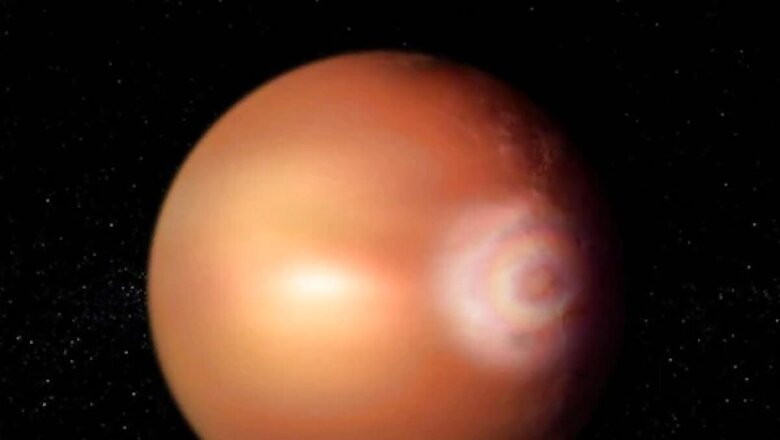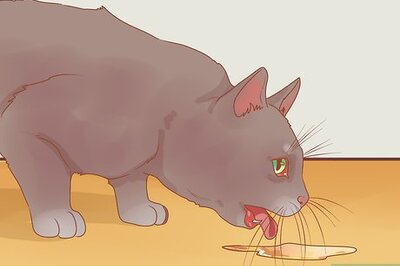
views
Exoplanet WASP-76b which sits so close to its host star that it gets hot enough to rain molten iron has shown potential signs of the rainbow-like ‘glory effect’. These are colourful concentric rings of light that occur only if certain conditions are met. Such rings are often seen on the Earth and this effect has only been found once on Venus.
The data from the European Space Agency’s CHEOPS exoplanet characterisation satellite, as well as several other ESA and NASA missions have hinted at this first extrasolar ‘glory’ event which now opens doors to understanding more about this strange exoplanet–WASP-76b. The ultra-hot gas giant WASP-76b is estimated to be 637 light years from Earth.
The glory effect is similar to the mechanism of forming a rainbow. It occurs when the light is reflected off the clouds of uniform unknown substances. “This is one reason why no such event has been seen before outside our solar system,” said study lead author Olivier Demanzon, an astronomer at the Insititute of Astrophysics and Space Sciences in Portugal. In his statement as per the media reports, he said that the glory effect requires unique conditions to be met.
“First, you need atmospheric particles that are perfectly spherical, uniform, and stable enough to be observed over long periods. The nearest star to the planet must shine directly on it. Correct orientation of the observer, in this case Cheops, is also necessary.” Olivier Demanzon added. However, the authors of the study also hinted at the scale at which this potential discovery is being made. “It’s an incredibly faint signal”, they added.
Since its discovery in 2013, WASP-76b has come under intense scrutiny and a bizarrely hellish picture has emerged. It is located just 30 million miles from its host star which is around 1.5 times the mass and 1.75 times the width of the sun. The temperature on this planet reaches 2400 degrees Celsius in a day as one side of the planet always faces the sun. Here, elements that would form rocks on Earth melt and evaporate, only to condense on the slightly cooler night side, creating iron clouds that drip molten iron rain.















Comments
0 comment